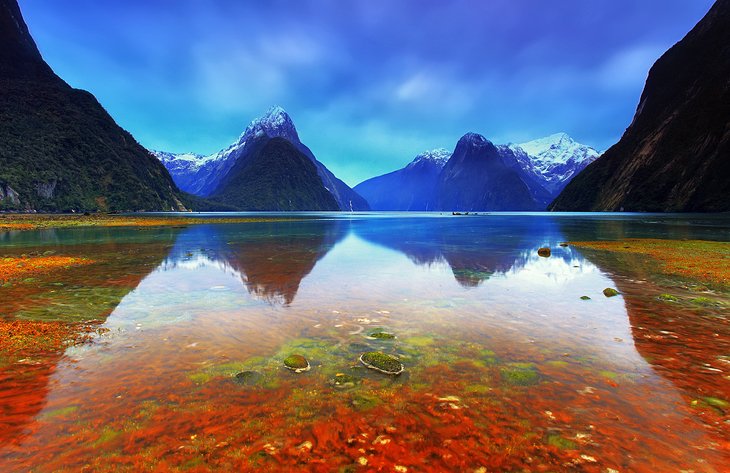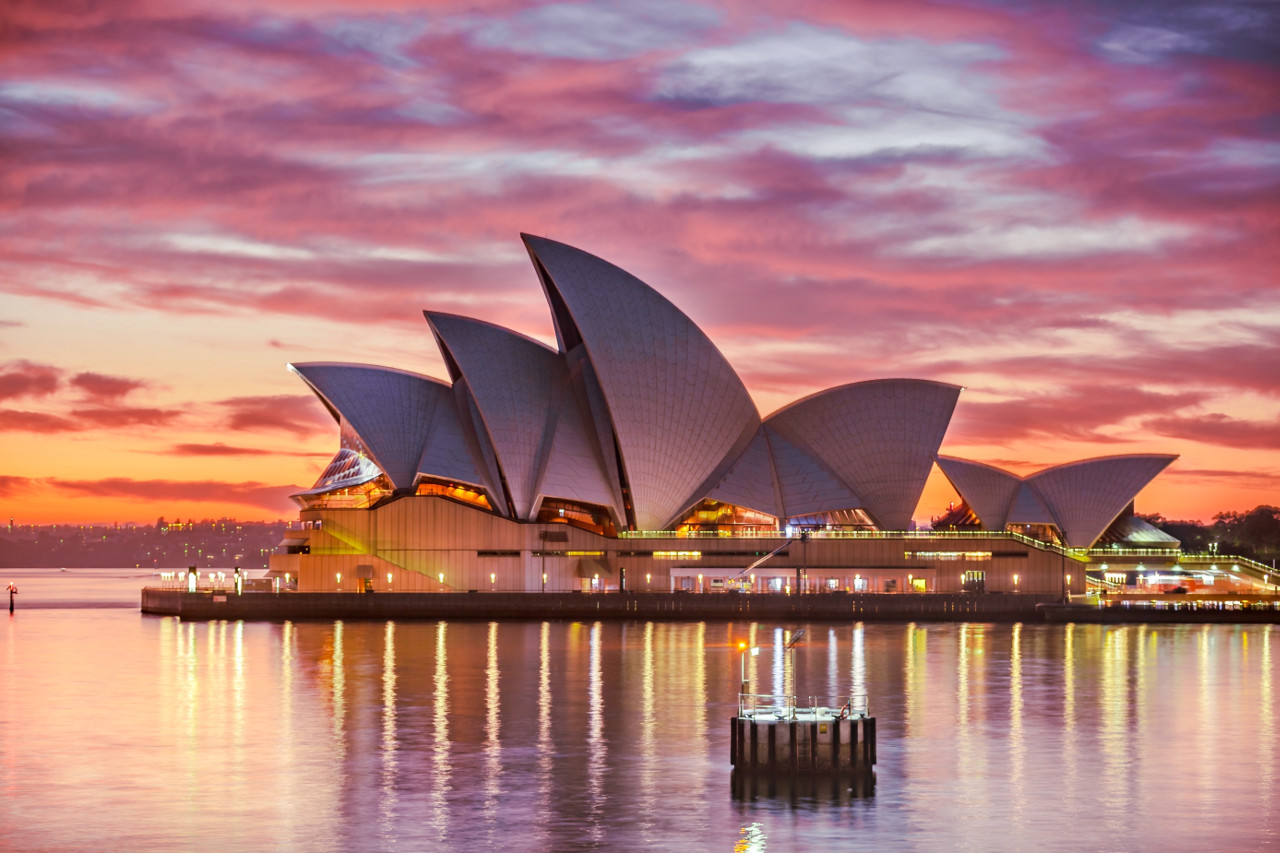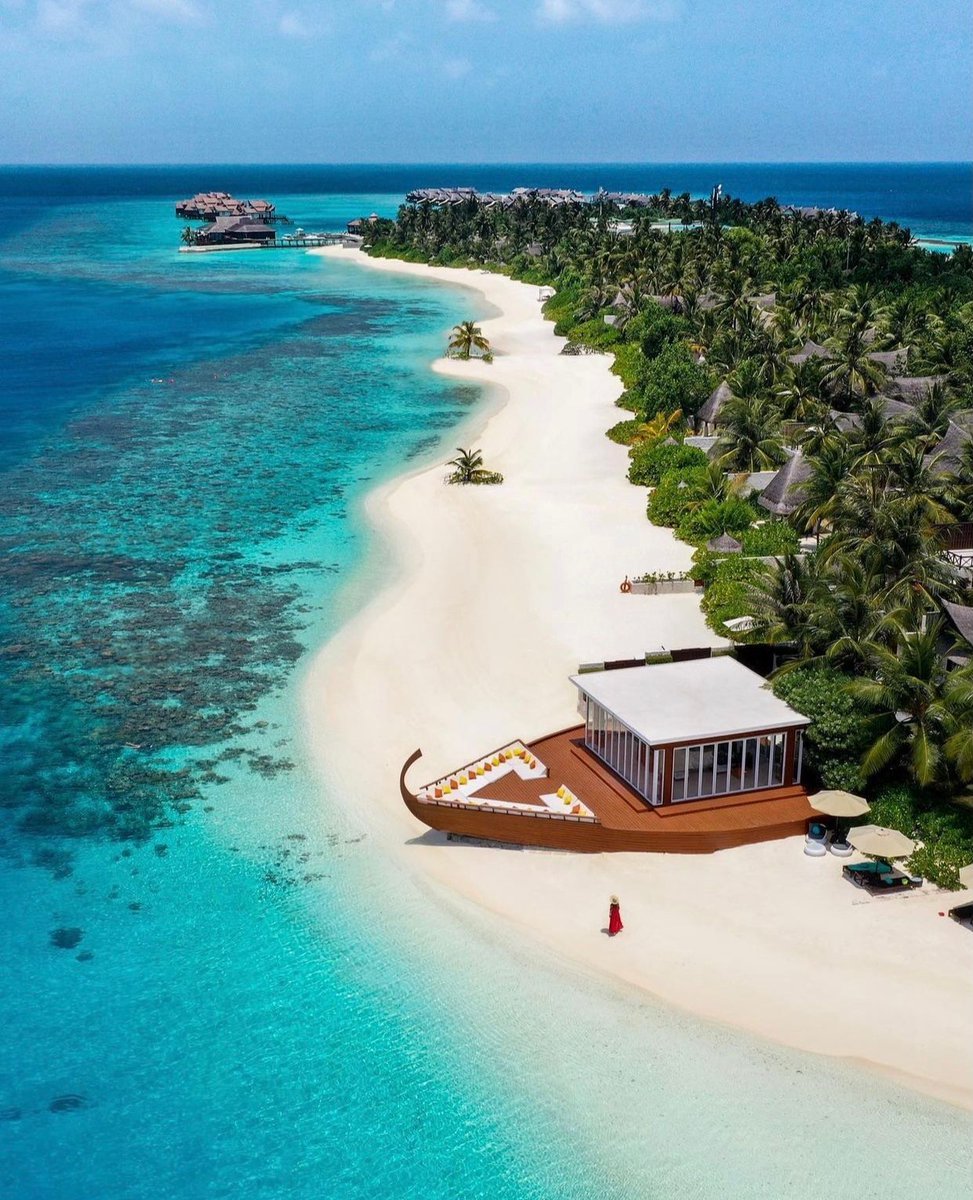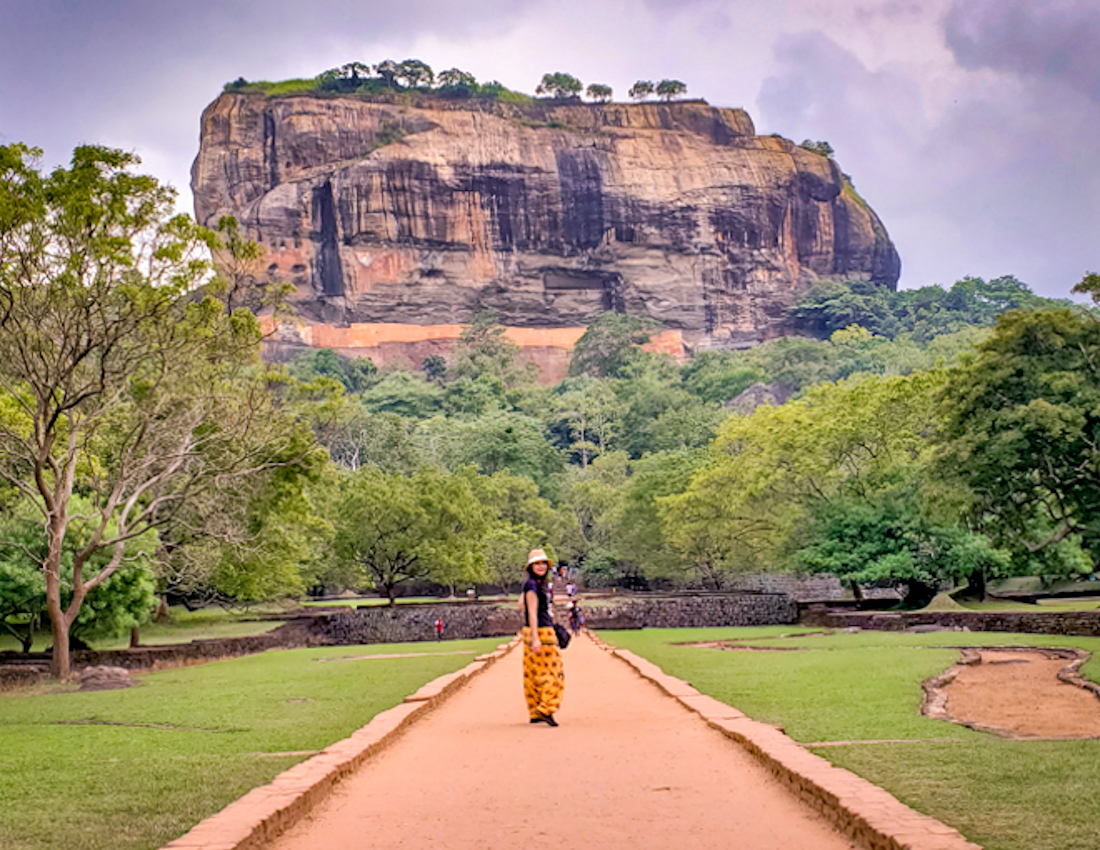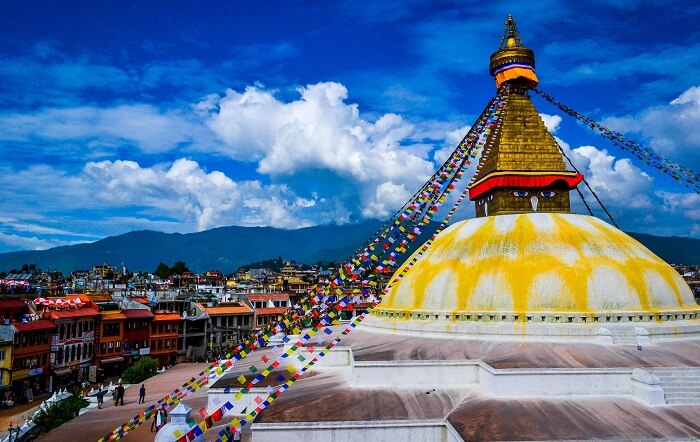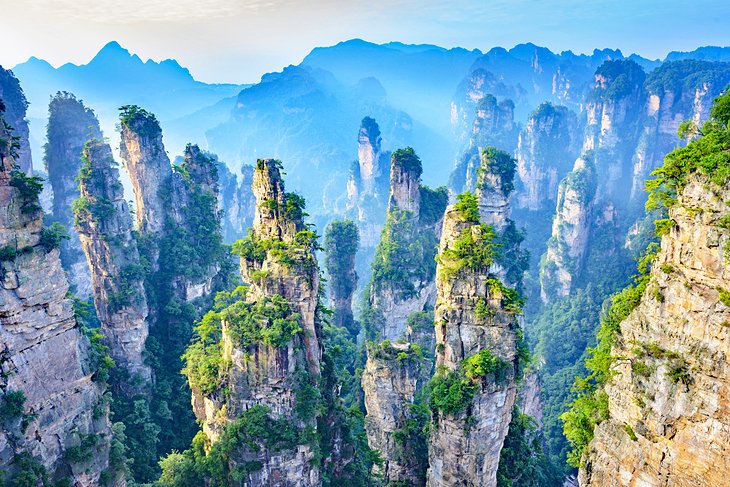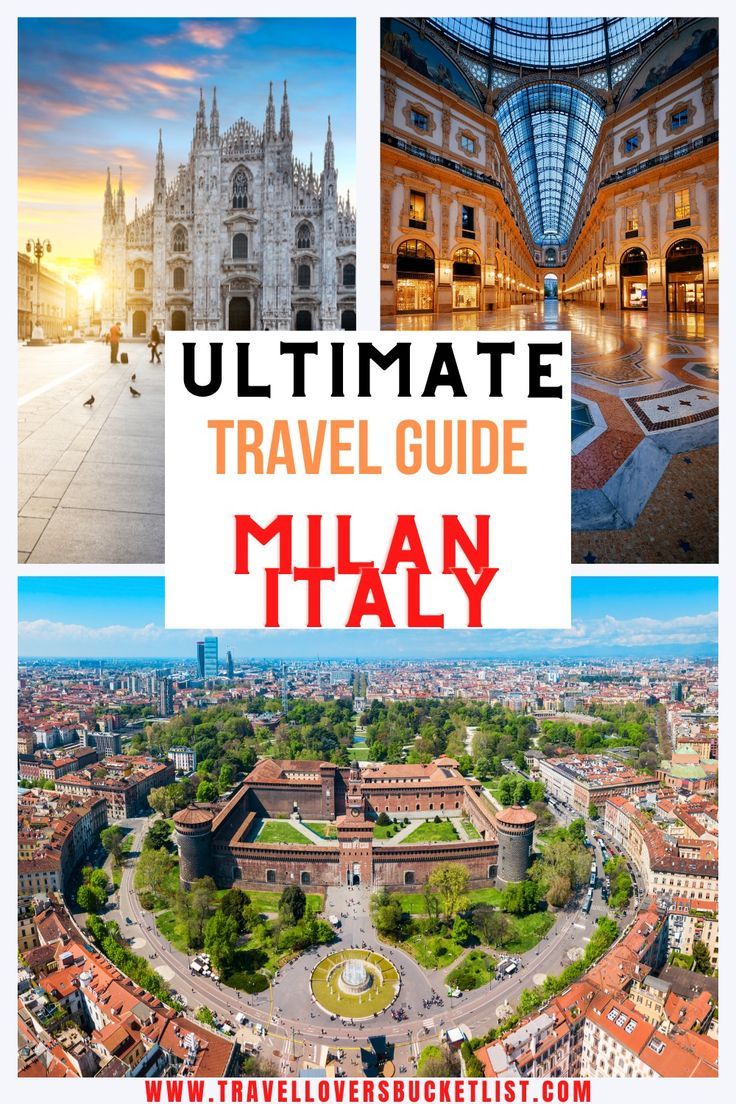
Milan, the vibrant heart of Lombardy, Italy, pulsates with a unique energy. More than just a global capital of fashion and design, it’s a city steeped in history, art, and a thriving culinary scene. From iconic landmarks that whisper tales of emperors and artists to cutting-edge contemporary architecture, Milan offers a captivating experience for every traveler. This comprehensive guide will equip you with everything you need to navigate and savor this dynamic metropolis.
A Glimpse into Milan’s Rich History:
Milan’s story is one of resilience and reinvention, stretching back over 2,000 years. Founded by the Celts, the city flourished under Roman rule, becoming a vital hub for trade and administration. The 4th century saw Milan briefly serving as the capital of the Western Roman Empire.

Related Articles about Milan: A Comprehensive Travel Guide for the Fashionable Explorer:
- Lombok: A Traveler’s Guide to Paradise Found
- The Pearl of the Orient Seas: A Comprehensive Travel Guide to the Philippines
- Argentina: A Tapestry of Wonders – Your Ultimate Travel Guide
- China: A Journey Through Time, Culture, and Unforgettable Landscapes
- Georgia: Where Ancient History Meets Breathtaking Landscapes
The Middle Ages witnessed periods of independence and conflict, with powerful families like the Visconti and Sforza dynasties vying for control. The Sforza era, particularly, left an indelible mark, commissioning Leonardo da Vinci to paint "The Last Supper" and transforming Milan into a Renaissance powerhouse.
Over the centuries, Milan has weathered sieges, wars, and periods of both prosperity and decline. Its strategic location made it a target for various empires, including the Spanish and the Austrians. The Risorgimento, the movement for Italian unification, saw Milan playing a pivotal role, ultimately contributing to the creation of modern Italy.
The 20th and 21st centuries have witnessed Milan’s rise as a global economic powerhouse, a hub for finance, industry, and, of course, fashion. The city continues to evolve, embracing innovation while preserving its rich cultural heritage.
Top Attractions: Unveiling Milan’s Treasures:
Milan boasts a wealth of attractions, catering to a diverse range of interests. Here are some of the must-see highlights:
-
Duomo di Milano (Milan Cathedral): This magnificent Gothic cathedral is the undisputed symbol of Milan. Its intricate facade, adorned with thousands of statues, pinnacles, and gargoyles, is a breathtaking sight. Climb to the rooftop for panoramic views of the city, including stunning close-ups of the architecture. Allow ample time to explore the interior, marveling at the stained-glass windows, the crypt, and the museum.
-
Galleria Vittorio Emanuele II: Adjacent to the Duomo, this elegant shopping arcade is a masterpiece of 19th-century architecture. Its soaring glass and iron roof, mosaic floors, and luxury boutiques create a stunning atmosphere. Take a moment to admire the elaborate details and soak in the glamorous ambiance.
-
Teatro alla Scala: A legendary opera house, La Scala is a must-visit for music lovers. Even if you’re not attending a performance, consider taking a guided tour to explore the opulent interior and learn about its rich history, which includes performances by Verdi, Puccini, and other musical giants.
-
Santa Maria delle Grazie & The Last Supper: This UNESCO World Heritage site houses Leonardo da Vinci’s iconic fresco, "The Last Supper." Booking tickets well in advance is essential, as access is highly restricted. The painting is a masterpiece of Renaissance art, and the church itself is a beautiful example of Gothic architecture.
-
Pinacoteca di Brera: This renowned art gallery houses a stunning collection of Italian paintings, including masterpieces by Raphael, Caravaggio, and Bellini. The gallery is located in the charming Brera district, known for its artistic atmosphere and bohemian vibe.
-
Castello Sforzesco: This imposing castle, built by the Sforza family, houses several museums and art collections. Explore the courtyards, towers, and ramparts, and visit the museums dedicated to art, archaeology, and musical instruments. Don’t miss the Pietà Rondanini, Michelangelo’s unfinished sculpture.
-
Parco Sempione: Adjacent to the Castello Sforzesco, this sprawling park is a perfect escape from the city’s hustle and bustle. Stroll through the lush greenery, visit the Arena Civica (a neoclassical stadium), and enjoy the views of the Arco della Pace (Arch of Peace).
-
Quadrilatero della Moda: This exclusive fashion district, encompassing Via Montenapoleone, Via della Spiga, Via Sant’Andrea, and Via Manzoni, is a shopper’s paradise. Even if you’re not planning to buy, a walk through this area provides a glimpse into the world of high fashion and luxury.
-
Navigli District: This charming canal district, once a vital waterway for transporting goods, is now a vibrant hub for nightlife, restaurants, and bars. Enjoy a leisurely stroll along the canals, savor a delicious aperitivo, and soak in the lively atmosphere.

Travel Tips for a Seamless Milanese Experience:
-
Best Time to Visit: The shoulder seasons – spring (April-May) and fall (September-October) – offer the most pleasant weather and fewer crowds. Summer (June-August) can be hot and humid, while winter (November-March) can be cold and rainy.
-
Getting Around: Milan has an efficient public transportation system. The metro (subway) is the quickest and easiest way to navigate the city. Buses and trams are also available. Consider purchasing a travel card for unlimited use. Walking is also a great option, especially in the city center.
-
Accommodation: Milan offers a wide range of accommodation options, from budget-friendly hostels to luxurious hotels. Consider staying in the city center for easy access to attractions or in areas like Brera or Navigli for a more local experience. Book in advance, especially during peak season or major events.
-
Food and Drink: Milanese cuisine is a delightful blend of flavors and traditions. Sample local specialties like risotto alla Milanese (saffron risotto), osso buco (braised veal shanks), and panettone (sweet bread). Enjoy an aperitivo, a pre-dinner drink accompanied by snacks, at one of the many bars and restaurants.
-
Language: Italian is the official language. While English is spoken in tourist areas, learning a few basic Italian phrases will enhance your experience.
-
Currency: The Euro (€) is the official currency. Credit cards are widely accepted, but it’s always a good idea to have some cash on hand.
-
Safety: Milan is generally a safe city. However, be aware of your surroundings, especially in crowded areas, and take precautions against pickpockets.
-
Shopping: Milan is a shopper’s paradise. Besides the luxury boutiques in the Quadrilatero della Moda, explore the diverse shops and markets throughout the city. Don’t miss the opportunity to purchase Italian leather goods, fashion accessories, and gourmet food products.
-
Reservations: Book tickets in advance for popular attractions like the Last Supper and the Teatro alla Scala. Reserve tables at restaurants, especially for dinner.
Accommodation Options: Finding Your Perfect Stay:
Milan offers a diverse range of accommodation options to suit every budget and preference. Here are some suggestions:
-
Luxury Hotels: The city boasts numerous five-star hotels, many of which are located in the city center and offer impeccable service and amenities. Consider hotels like the Bulgari Hotel Milan, the Mandarin Oriental Milan, or the Four Seasons Hotel Milano.
-
Boutique Hotels: For a more intimate and stylish experience, consider staying at a boutique hotel. These hotels often offer unique designs and personalized service. Examples include the Hotel Spadari al Duomo, the Hotel Milano Scala, and the Hotel Indigo Milan – Corso Monforte.
-
Mid-Range Hotels: Numerous mid-range hotels provide comfortable accommodations at a more affordable price point. Look for hotels in areas like Porta Venezia, Brera, or the city center. Examples include the Starhotels Anderson, the Hotel Cavour, and the Radisson Collection Hotel, Palazzo Touring Club Milan.
-
Budget Hotels & Hostels: For budget travelers, hostels and budget hotels offer a cost-effective way to experience Milan. Consider hostels like the Ostello Bello or the YellowSquare Milan. Budget hotels can be found in areas further from the city center.
-
Apartments & Vacation Rentals: Platforms like Airbnb offer a wide selection of apartments and vacation rentals, providing more space and flexibility, especially for longer stays.
Transportation: Navigating the City with Ease:
Milan has an efficient and comprehensive public transportation system, making it easy to explore the city.
-
Metro (Subway): The metro is the fastest and most convenient way to get around. It has four lines (M1, M2, M3, and M5) that cover most of the city. Purchase tickets at metro stations or authorized retailers. Consider purchasing a day or multi-day travel card for unlimited use.
-
Buses & Trams: Buses and trams provide additional transport options, especially in areas not covered by the metro. Tickets can be purchased at newsstands or using the ATM Milano app.
-
Taxis: Taxis are readily available, but they can be expensive. Taxis can be hailed on the street or found at designated taxi ranks. Ride-sharing services like Uber are also available.
-
Walking: Walking is a great way to explore the city center and appreciate the architecture and atmosphere. Many attractions are within walking distance of each other.
-
Cycling: Milan has a growing network of cycle paths. Bike-sharing programs are available, providing an eco-friendly way to explore the city.
-
From the Airports: Milan has three airports: Malpensa (MXP), Linate (LIN), and Bergamo (BGY). Shuttle buses, trains, and taxis connect the airports to the city center. Malpensa Express train is the fastest way to get from Malpensa to the city.
Best Time to Visit: Planning Your Trip:
The best time to visit Milan depends on your priorities:
-
Shoulder Seasons (April-May & September-October): These months offer the most pleasant weather, with mild temperatures and fewer crowds. It’s an ideal time for sightseeing and outdoor activities.
-
Summer (June-August): The peak tourist season, with warm temperatures and plenty of sunshine. Expect higher prices and larger crowds. Be prepared for potential heat waves.
-
Winter (November-March): The off-season, with cooler temperatures and fewer tourists. The city is decorated for Christmas during December, creating a festive atmosphere. Be prepared for rain and occasional cold spells.
Conclusion:
Milan is a city that captivates and inspires. From its iconic landmarks and artistic treasures to its vibrant fashion scene and culinary delights, it offers a truly unforgettable travel experience. By utilizing this comprehensive guide, you can confidently navigate the city, discover its hidden gems, and create lasting memories. So, pack your bags, embrace the Milanese spirit, and prepare for an adventure that will awaken your senses and leave you yearning to return. Buon viaggio!
